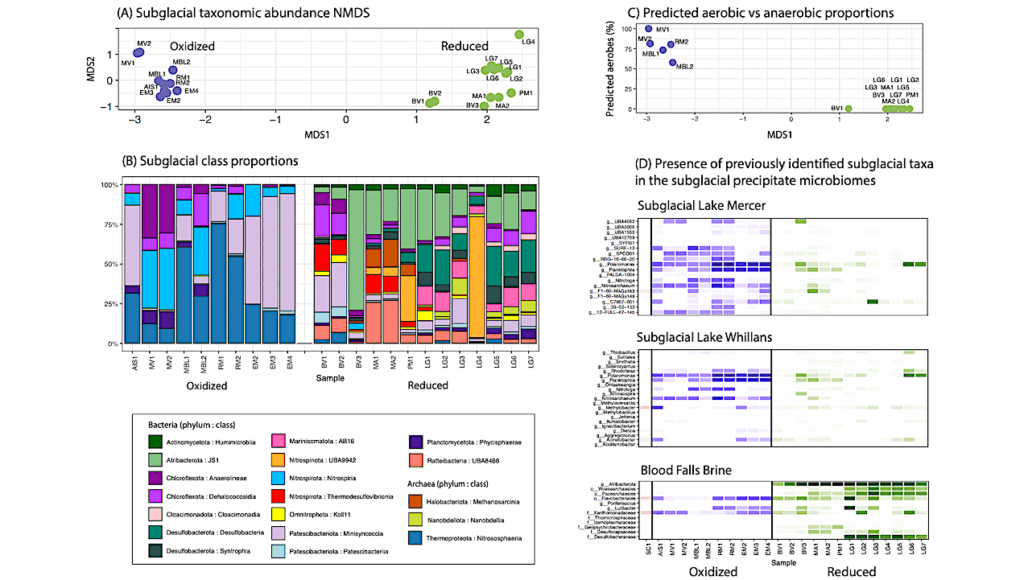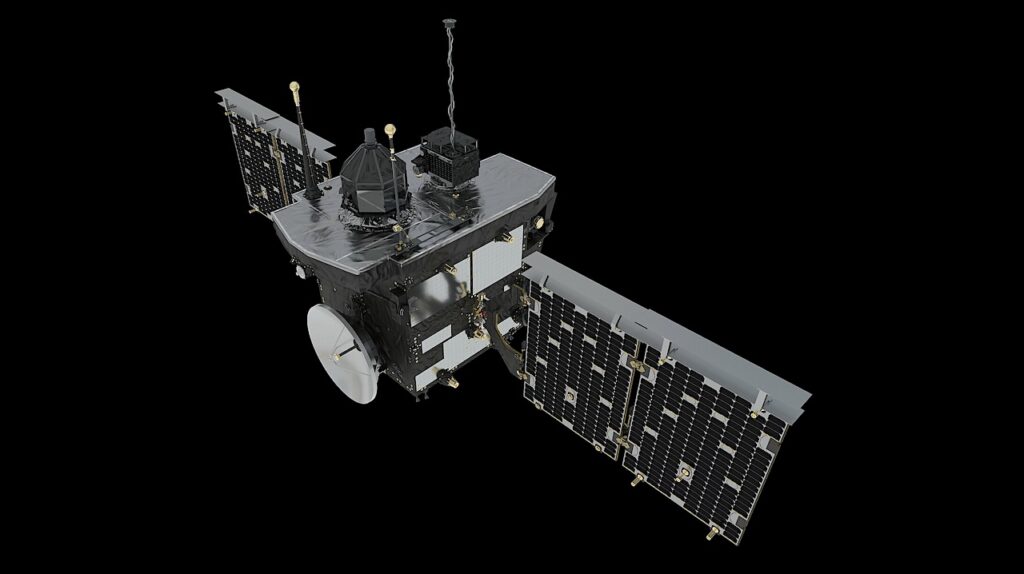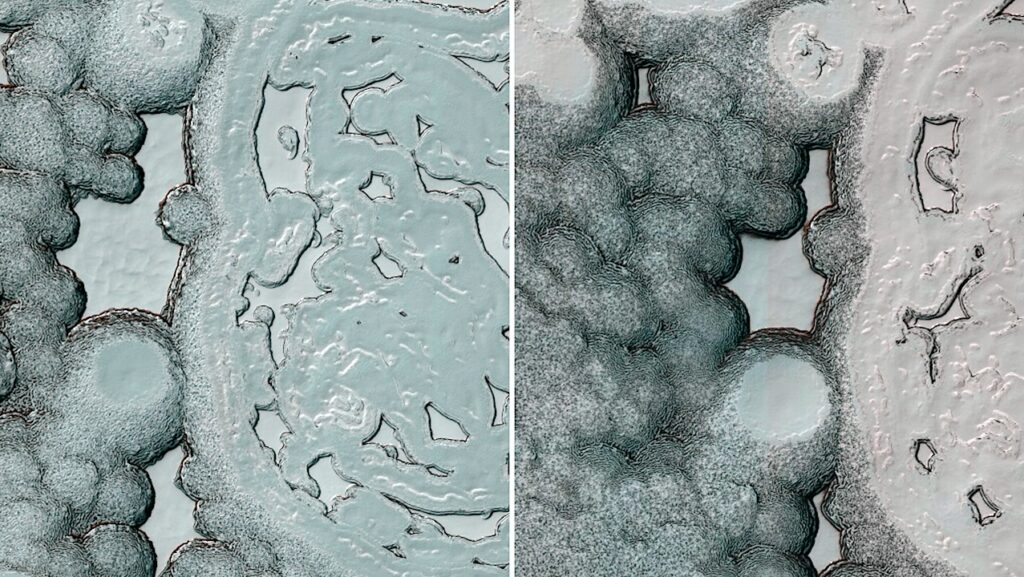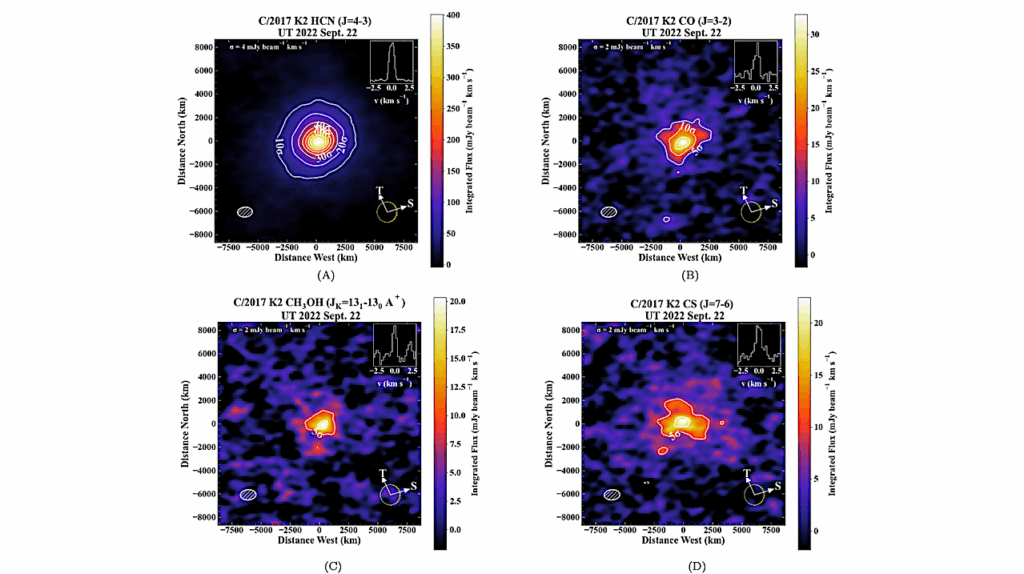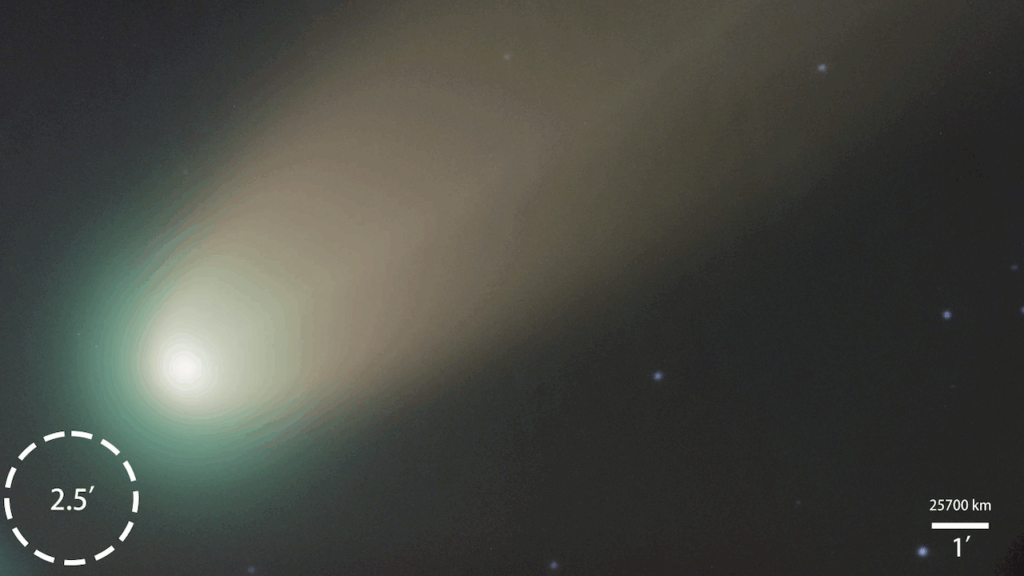Compaction and Melt Transport in Ammonia-Rich Ice Shells: Implications for the Evolution of Triton

Ammonia, if present in the ice shells of icy satellites, could lower the temperature for the onset of melting to 176 K and create a large temperature range where partial melt is thermally stable.
The evolution of regions of ammonia-rich partial melt could strongly influence the geological and thermal evolution of icy bodies. For melt to be extracted from partially molten regions, the surrounding solid matrix must deform and compact. Whether ammonia-rich melts sink to the subsurface ocean or become frozen into the ice shell depends on the compaction rate and thermal evolution.
Here we construct a model for the compaction and thermal evolution of a partially molten, ammonia-rich ice shell in a one-dimensional geometry. We model the thickening of an initially thin ice shell above an ocean with 10% ammonia. We find that ammonia-rich melts can freeze into the upper 5 to 10 kilometers of the ice shell, when ice shell thickening is rapid compared to the compaction rate.
The trapping of near-surface volatiles suggests that, upon reheating of the ice shell, eutectic melting events are possible. However, as the ice shell thickening rate decreases, ammonia-rich melt is efficiently excluded from the ice shell and the bulk of the ice shell is pure water ice. We apply our results to the thermal evolution of Neptune’s moon Triton. As Triton’s ice shell thickens, the gradual increase of ammonia concentration in Triton’s subsurface ocean helps to prevent freezing and increases the predicted final ocean thickness by up to 50 km.
Noah P. Hammond, Marc Parmentier, Amy C. Barr
(Submitted on 27 Nov 2018)
Comments: 32 pages, 8 figures
Subjects: Earth and Planetary Astrophysics (astro-ph.EP)
Cite as: arXiv:1811.11257 [astro-ph.EP] (or arXiv:1811.11257v1 [astro-ph.EP] for this version)
Submission history
From: Amy Barr
[v1] Tue, 27 Nov 2018 21:01:24 UTC (644 KB)
https://arxiv.org/abs/1811.11257
Astrobiology


